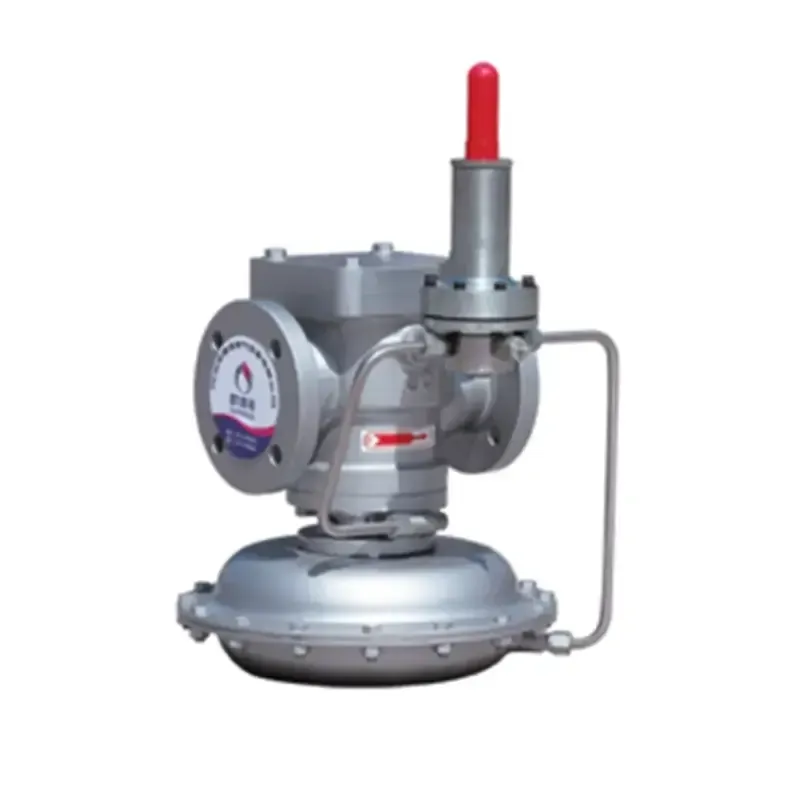
Nov . 01, 2024 10:22
Back to list
Pressure Control Skid for Optimal Flow Regulation and Safety Management Solutions
Pressure Regulating Skid An Essential Component in Industrial Systems
In various industrial applications, maintaining optimal pressure levels is crucial for the safety and efficiency of operations. This is where a pressure regulating skid comes into play. A pressure regulating skid is a compact and versatile assembly designed to regulate, control, and maintain pressure in fluid systems, especially in the oil and gas industry, water treatment plants, and chemical processing.
Typically, a pressure regulating skid comprises valves, gauges, controllers, and piping, all mounted on a robust steel frame. This pre-engineered modular solution simplifies the installation process and allows for easy transportation and integration into existing systems. The design is adaptable, allowing it to accommodate different pressure ranges and fluid types, making it highly functional across various sectors.
One of the primary functions of a pressure regulating skid is to ensure that the pressure within a system remains within specified limits. Excessive pressure can lead to equipment failure, leaks, or, in severe cases, catastrophic incidents. By using advanced pressure regulation equipment, operators can prevent these risks. The skid operates by monitoring the pressure levels and automatically adjusting the flow of the fluid through control valves. This dynamic response is crucial in maintaining system integrity and performance.
pressure regulating skid

Moreover, the skid's incorporation of advanced technologies, such as pressure transducers and electronic control systems, enhances its ability to provide precise pressure control. This digital integration allows for real-time monitoring and adjustment of pressure settings, offering operators improved control over the fluid dynamics within their systems. In addition to enhancing safety, such innovations can lead to increased efficiency by reducing energy consumption and minimizing operational disruptions.
The benefits of pressure regulating skids extend beyond safety and efficiency. They also contribute to cost savings. By optimizing pressure control, facilities can reduce wear and tear on equipment, prolonging its lifespan and lowering maintenance costs. Additionally, efficient pressure regulation can improve the overall productivity of a plant, as operations can run smoothly without unexpected shutdowns or pressure-related problems.
Environmental considerations are also a significant factor. Pressure regulating skids help in minimizing emissions and spill risks associated with uncontrolled pressure releases. By proactively managing pressure levels, these systems contribute to more sustainable operations and compliance with environmental regulations.
In conclusion, pressure regulating skids are essential components in modern industrial systems. They provide critical pressure control, enhance safety, improve efficiency, and contribute to significant cost savings. As industries continue to evolve, the importance of reliable and effective pressure regulation will only grow, making these skids a vital investment for companies aiming to optimize their operations in an increasingly competitive landscape.
Latest news
-
Safety Valve Spring-Loaded Design Overpressure ProtectionNewsJul.25,2025
-
Precision Voltage Regulator AC5 Accuracy Grade PerformanceNewsJul.25,2025
-
Natural Gas Pressure Regulating Skid Industrial Pipeline ApplicationsNewsJul.25,2025
-
Natural Gas Filter Stainless Steel Mesh Element DesignNewsJul.25,2025
-
Gas Pressure Regulator Valve Direct-Acting Spring-Loaded DesignNewsJul.25,2025
-
Decompression Equipment Multi-Stage Heat Exchange System DesignNewsJul.25,2025

